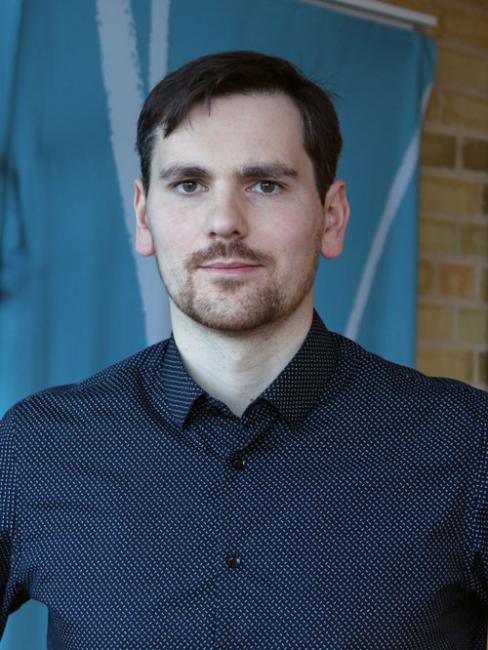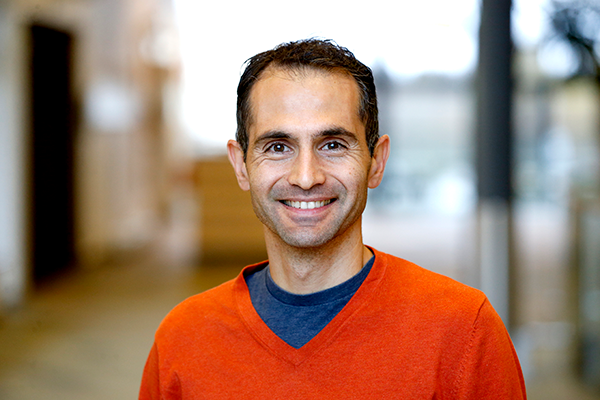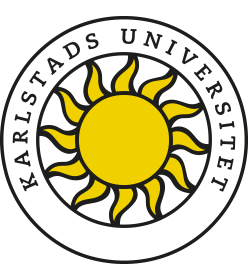New research shows how traditional industries can transition towards a circular economy
2025-10-10In the article “Towards High Circularity: Reconfiguring Firm-level Strategy”, researchers Andrey Abadzhiev and Alexandre Sukhov, both from Karlstad Business School and the Service Research Center, want to inspire hope among companies in conservative industries that are seeking to transition towards more circular and sustainable solutions.
What does circular economy actually mean – and how does it differ from a traditional linear economy?
– Economics is fundamentally about creating value through the redistribution of resources, says Alexandre Sukhov. In a linear economy, we tend to create value by extracting raw materials, producing and selling products, but we also lose value by considering consumed products as waste once they have been used and fulfilled their purpose. It’s from that perspective that the manufacturing industry has been streamlined.
– In a circular economy, the aim is to have a more long-term perspective and avoid a loss of value once the products have been used, says Andrey Abadzhiev. This can be achieved by developing new ways to extend the lifespan of products and materials – for example, through repairs and reuse – or by developing products from the start that we know can be reused in different ways. This way, we can reduce the need to use raw materials and be more efficient with the resources we have.
– In our article, we examine the strategies that Swedish construction companies are using to become more circular, says the two researchers.
What does configuration theory mean – and how does it relate to companies aiming to become more circular?
– A configuration theory is a way of understanding that companies can operate sustainably in different ways – there is no single best method, says Andrey Abadzhiev. Previously, companies were thought to follow a certain order, such as first reducing waste, then making products that last longer and finally reducing production.
– But our research shows that the reality is more nuanced than that, says Alexandre Sukhov. Companies choose different approaches depending on what they are good at, which market they operate in and who they collaborate with. So, there are a number of smart ways to become more circular – not just one. In our study, we found four different strategies that companies use to achieve their sustainability goals.
What are some concrete examples of design, innovation and organisational strategies in a circular economy?
Design strategy: This is where it all starts – designing how to create value with a focus on circularity. For example, a construction company that designs a building so that it can be easily repaired and upgraded instead of being demolished. By extending the product lifespan and reducing material waste, the design stage sets the rules for what is possible later.
Innovation strategy: Once the design is in place, innovation turns it into reality. For example, in wood construction, some companies are now designing buildings like giant Lego sets, where components can be dismantled and reused in future projects. This involves investing in digital materials passports that track each wood beam from forest to building to reuse. Other companies are developing solutions with cross-laminated timber that enable flexible multi-storey structures with components that can later be reused. These innovations make circular design practical and achievable.
Organisational strategy: Finally, companies need the organisational strength to make everything work. Circular transitions are complex and uncertain, so companies must introduce capabilities such as lean management, environmental research and development, and partnerships across the entire value chain. Without this organisational backbone, even the best designs and innovations can fall flat.
What do you hope your research will contribute?
– We want to show that even companies in traditional industries, such as construction, are trying to become more sustainable, says Alexandre Sukhov. It gives hope, since our study shows that long-term thinking about materials and innovation is important to succeed with a circular economy.
– For researchers, we have developed a framework that shows how different parts – design, innovation and organisation – are interconnected, says Andrey Abadzhiev. This can help ensure that research in this area speaks a common language. We also offer business leaders concrete examples of strategies that can be effective. It’s not about following a template, but about finding an approach that best suits their specific company.





